In the ever-evolving world of technology, smartphones have become an integral part of our lives. With each passing year, manufacturers strive to push the boundaries of innovation and deliver cutting-edge devices that cater to the needs and desires of consumers. Apple, a leading player in the smartphone industry, has consistently impressed users with its iPhone lineup. In this article, we will compare two remarkable smartphones from Apple: the iPhone 12 mini and the iPhone 15 Plus.
Introduction
Both the Apple iPhone 12 mini and the iPhone 15 Plus are potent gadgets with lots of features and functionalities. The iPhone 15 Plus, which debuted in 2023, is a more recent model than the iPhone 12 Mini, which was released in 2020. Both smartphones have strong technical features and distinct selling points. Let’s examine each device’s specifics in more detail and compare them to one another.
Design and display Of Apple iPhone 12 mini Vs Apple iPhone 15 Plus
When it comes to design, Apple is known for its sleek and stylish devices, and both the iPhone 12 mini and the iPhone 15 Plus live up to this reputation. The iPhone 12 mini sports a compact form factor, making it ideal for users who prefer a smaller device. On the other hand, the iPhone 15 Plus boasts a larger display, catering to users who prioritize screen real estate.
The iPhone 12 mini features a Super Retina XDR OLED display, measuring 5.4 inches with a resolution of 1080 x 2340 pixels. This results in a pixel density of approximately 476 pixels per inch, ensuring crisp and vibrant visuals. In comparison, the iPhone 15 Plus takes things up a notch with a larger 6.7-inch Super RetinaXDR OLED display, offering a resolution of 1290 x 2796 pixels. The pixel density on the iPhone 15 Plus stands at around 460 pixels per inch, providing an immersive viewing experience.
Performance and software
Under the hood, both the iPhone 12 mini and the iPhone 15 Plus are powered by Apple’s own A-series chipsets, known for their exceptional performance and efficiency. The iPhone 12 mini is equipped with the A14 Bionic chip, while the iPhone 15 Plus takes it a step further with the A16 Bionic chip. These processors ensure smooth multitasking, speedy app launches, and seamless gaming experiences.
In terms of software, the iPhone 12 mini initially shipped with iOS 14.1 but is upgradable to the latest iOS 17. Similarly, the iPhone 15 Plus runs on iOS 17 out of the box, offering users the latest features and enhancements from Apple’s operating system.
Camera Capabilities
The camera capabilities of a smartphone play a crucial role in today’s digital age, where users rely on their devices to capture precious moments and create stunning visuals. Both the iPhone 12 mini and the iPhone 15 Plus excel in this department, offering impressive camera setups.
The iPhone 12 mini features a dual-camera system consisting of a 12-megapixel wide lens and a 12-megapixel ultra-wide lens. These lenses allow users to capture detailed photos with vibrant colors and excellent dynamic range. Additionally, the iPhone 12 mini supports 4K video recording, enabling users to shoot high-quality videos.
On the other hand, the iPhone 15 Plus takes it a step further with a dual-camera system that comprises a 48-megapixel wide lens and a 12-megapixel ultra-wide lens. The largerThe iPhone 15 Plus’s sensor enables better low-light performance and improved image quality. Using cutting-edge video technologies like Dolby Vision HDR, users may also record videos in 4K resolution with the iPhone 15 Plus.
Battery Life and Charging
For many smartphone users, who depend on their devices for a variety of daily chores, battery life is an essential consideration. The 2227 mAh battery within the iPhone 12 mini provides respectable battery life given its diminutive size. The iPhone 12 mini should provide consumers with all-day usage thanks to improved power management features.
The iPhone 15 Plus, on the other hand, has a bigger 4383mAh battery, giving consumers even more juice to last throughout the day. The iPhone 15 Plus has an amazing battery life thanks to Apple’s sophisticated power management algorithms and the performance of the A16 Bionic processor.
Both the iPhone 12 mini and the iPhone 15 Plus enable fast charging, allowing customers to swiftly fuel up their devices. TheWith a suitable charger, the iPhone 12 mini enables cable charging, providing 50% charge in just 30 minutes. The iPhone 15 Plus has quicker wireless charging speeds thanks to MagSafe technology, and both devices support wireless charging as well.
Connectivity and storage options
Both the iPhone 12 Mini and the iPhone 15 Plus provide a variety of connectivity options to guarantee seamless connectivity with diverse networks and devices. In regions where 5G is available, owners of both smartphones can benefit from quicker download and upload rates.
The iPhone 12 small is available in three storage variants—64GB, 128GB, and 256GB—so consumers may select the size of storage that best meets their need. Similar to the iPhone 15 Plus, the iPhone 15 Plus has three storage options: 128GB, 256GB, and 512GB, giving consumers plenty of room to store their pictures, movies, and applications.
Pricing and Availability
When choosing a smartphone, many customers give price a lot of thought. Compared to the iPhone 15 Plus, the iPhone 12 Mini is offered at a lower price. Depending on the user’s precise storage preference and the region, the exact price may change.
Conclusion
Finally, the Apple iPhone 12 mini and iPhone 15 Plus are both superb smartphones that accommodate various user preferences. Users that prefer portability without sacrificing performance or features will find the iPhone 12 mini to be the perfect choice thanks to its small form factor. The iPhone 15 Plus, on the other hand, appeals to those who choose a larger display and improved camera features.
The decision between the iPhone 12 mini and the iPhone 15 Plus ultimately comes down to personal priorities and preferences. Both smartphones provide remarkable performance, cutting-edge photographic capabilities, and seamless connection with Apple’s ecosystem, whether you prefer a smaller, more portable handset or a bigger, more immersive one.




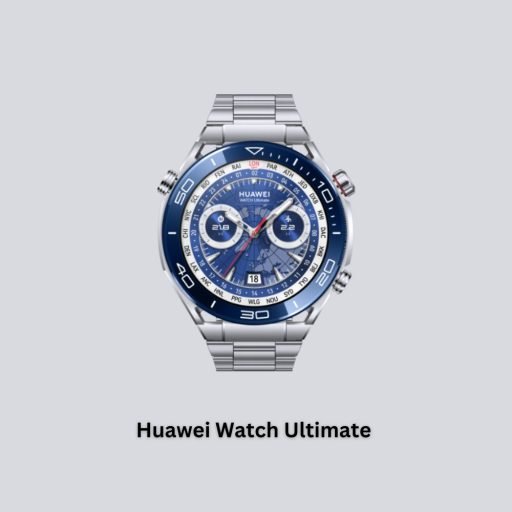
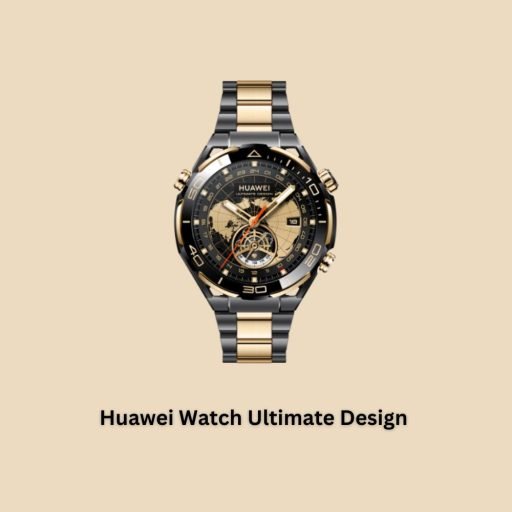
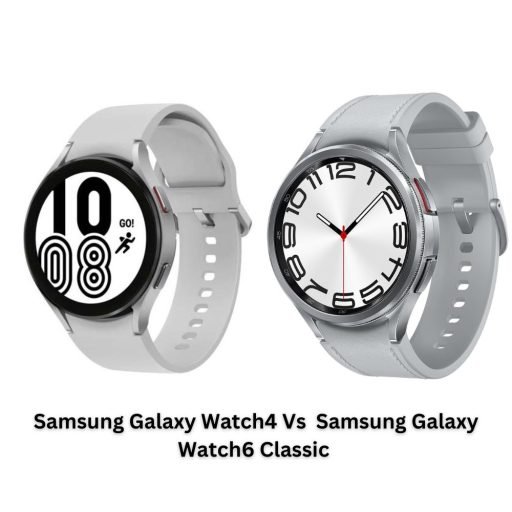
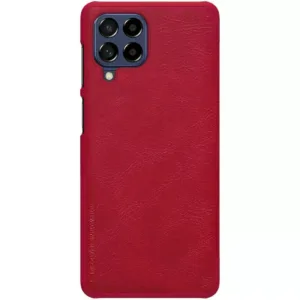
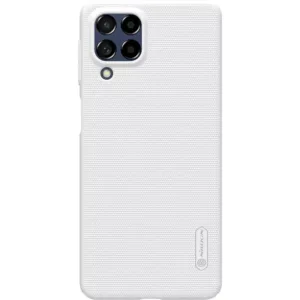

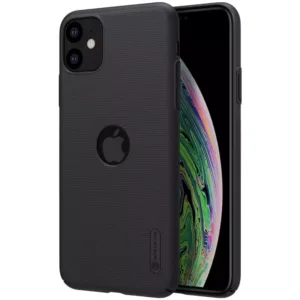
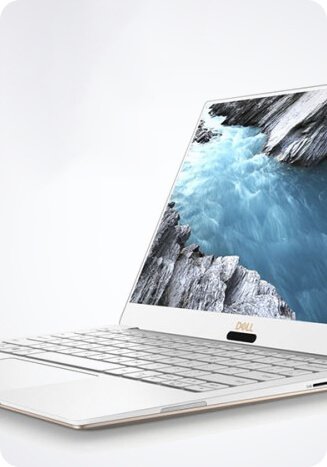
Leave a reply